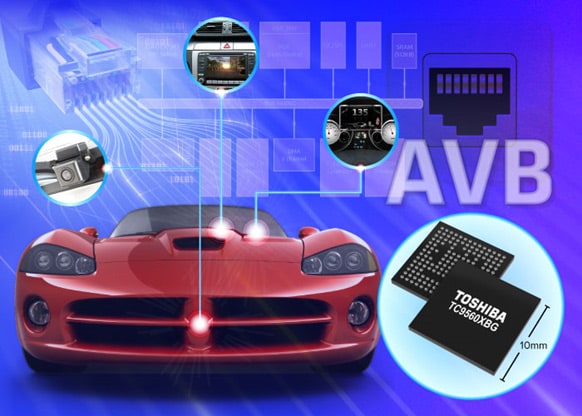- General Top
- SEMICONDUCTOR
- STORAGE
- COMPANY
-
My ToshibaSemicon
- Semiconductor Top
-
ApplicationsAutomotive
Body Electronics
xEV
In-Vehicle Infotainment
Advanced Driver-Assistance Systems (ADAS)
Chassis
IndustrialInfrastructure
BEMS/HEMS
Factory Automation
Commercial Equipment
Consumer/PersonalIoT Equipment
Healthcare
Wearable Device
Mobile
Computer Peripherals
-
ProductsAutomotive Devices
Discrete Semiconductor
Diodes
Transistors
Logic ICs
Analog Devices
Digital Devices
Wireless Devices
※
: Products list (parametric search)
Power SemiconductorsSiC Power Devices
※
: Products list (parametric search)
Isolators/Solid State RelaysPhotocouplers
Digital Isolators
Solid State Relays
Fiber Optic Transmitting Modules
※
: Products list (parametric search)
MOSFETsIGBTs/IEGTsBipolar Transistors※
: Products list (parametric search)
Diodes※
: Products list (parametric search)
MicrocontrollersMotor Driver ICsIntelligent Power ICs※
: Products list (parametric search)
Power Management ICsLinear ICs※
: Products list (parametric search)
General Purpose Logic ICsLinear Image SensorsOther Product ICsOther Product ICs
※
: Products list (parametric search)
-
Design & Development
Design & Development
Innovation Centre
At the Toshiba Innovation Centre we constantly strive to inspire you with our technologies and solutions. Discover how to place us at the heart of your innovations.
-
Knowledge
Knowledge
Highlighted Topics
Further Materials
Other
- Where To Buy
- Part Number & Keyword Search
- Cross Reference Search
- Parametric Search
- Stock Check & Purchase
This webpage doesn't work with Internet Explorer. Please use the latest version of Google Chrome, Microsoft Edge, Mozilla Firefox or Safari.
require 3 characters or more. Search for multiple part numbers fromhere.
The information presented in this cross reference is based on TOSHIBA's selection criteria and should be treated as a suggestion only. Please carefully review the latest versions of all relevant information on the TOSHIBA products, including without limitation data sheets and validate all operating parameters of the TOSHIBA products to ensure that the suggested TOSHIBA products are truly compatible with your design and application.Please note that this cross reference is based on TOSHIBA's estimate of compatibility with other manufacturers' products, based on other manufacturers' published data, at the time the data was collected.TOSHIBA is not responsible for any incorrect or incomplete information. Information is subject to change at any time without notice.
require 3 characters or more.
Why Ethernet Holds the Key to Data Hungry Automotive Infotainment

The role of the car is changing. Until now, it has been a means of getting from A to B in style, safety or speed – depending on the car you select. Increasingly, intelligent infotainment systems are making the car an extension of their owner’s digital lifestyle – keeping them connected to social media and email while on the move as well as facilitating easier, smoother and more efficient journeys by being connected to traffic reports and weather information.
And, as the car becomes increasingly data hungry, the demand for effective, reliable and high-speed communications is growing.
Ethernet is a proven communications technology that can not only support the high data rates demanded by next-generation infotainment systems but can also simplify cabling and network interfaces and drive down costs. However, one of the limitations of Ethernet is the CSMA/CD protocol that manages the contention (collisions) between devices on the same bus (by introducing exponentially increasing delays until one device grabs the bus and transmits successfully). This works well for non-time-critical applications but if Ethernet is to take on a wider role within vehicles, a more managed approach is needed.
Which is where Gigabit Ethernet audiovisual bridging (AVB) standards come in. Developed by the IEEE, these standards are designed to ensure stable, reliable multimedia transmission and are set to play a key role in automotive Ethernet implementations. And to help automotive engineers implement Ethernet, there are a growing number of dedicated system-on-chip devices developed specifically for Ethernet AVB designs.
Between them these categories will dominate the wearable technology sector over the coming years. It should be noted that both are going to be involved in the monitoring of the physical wellbeing of the individuals wearing them - and this will contribute significantly to driving demand forward in what is envisaged to be and increasingly health conscious society. For the first of these categories fitness monitoring will be the principal objective, while for the other it will be amongst a number of different functions that the device serves. BI Intelligence has stated that it expects there to be a certain degree of blurring between these 2 categories.

